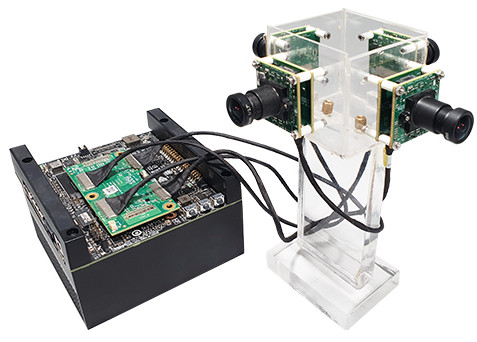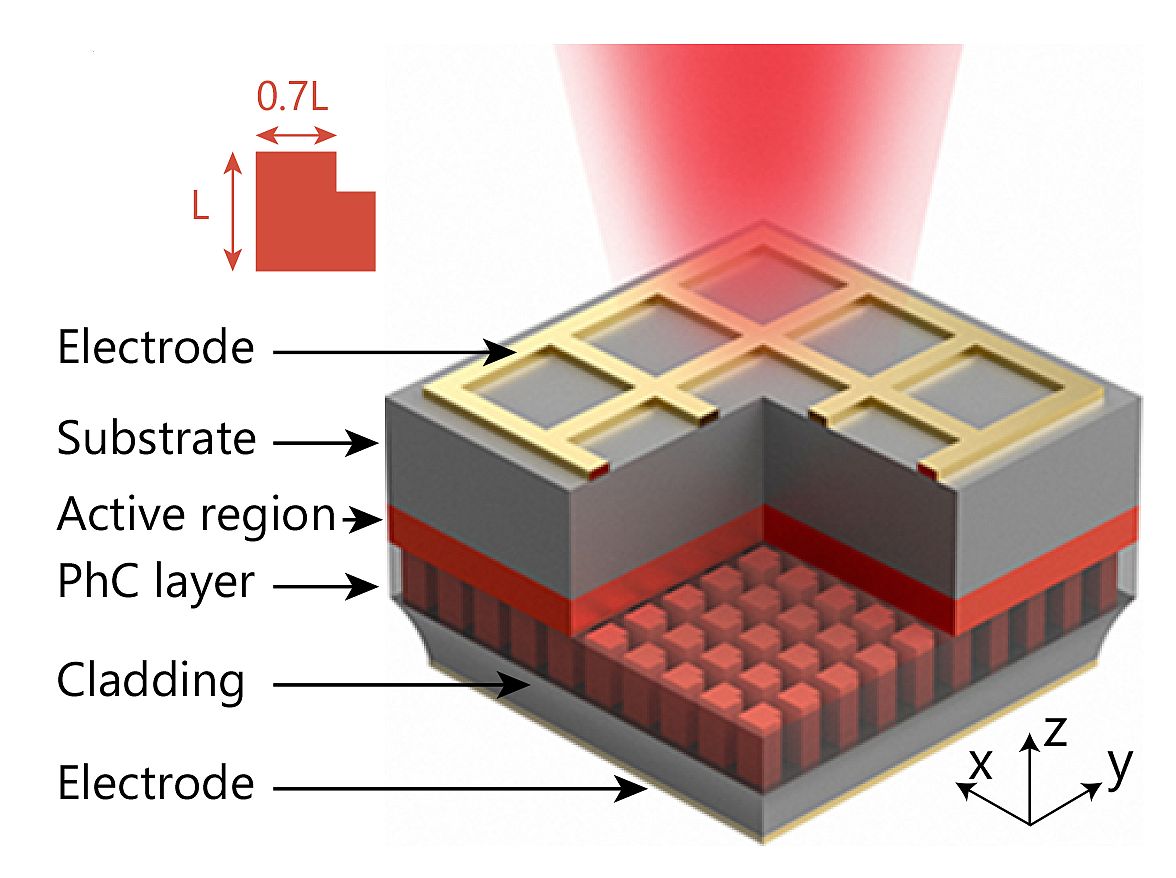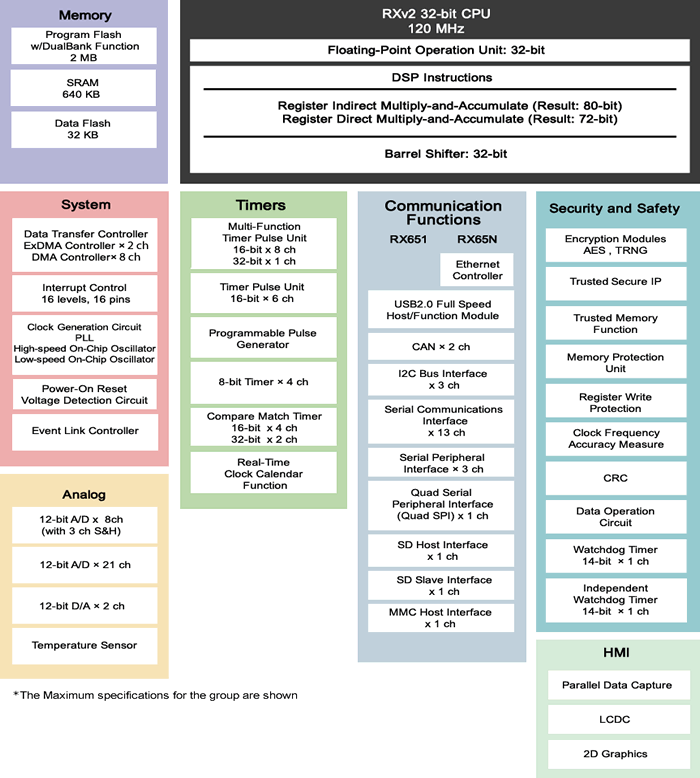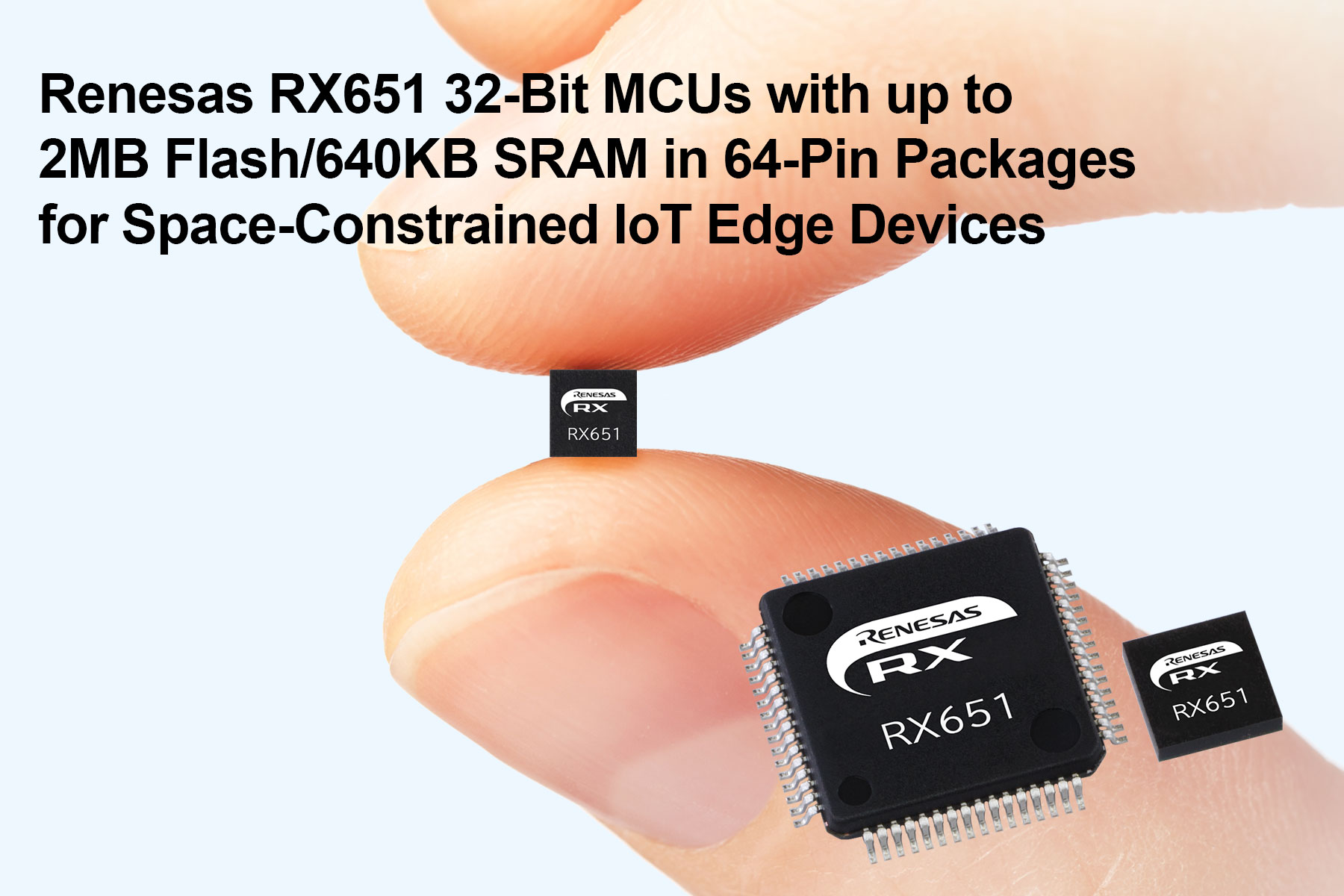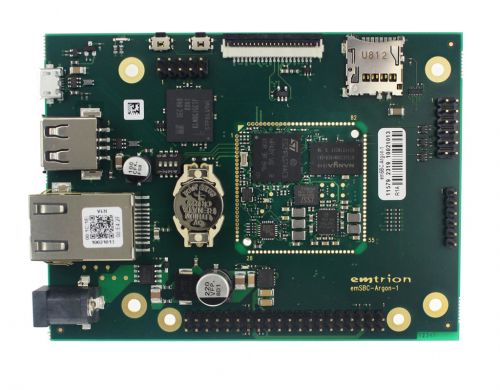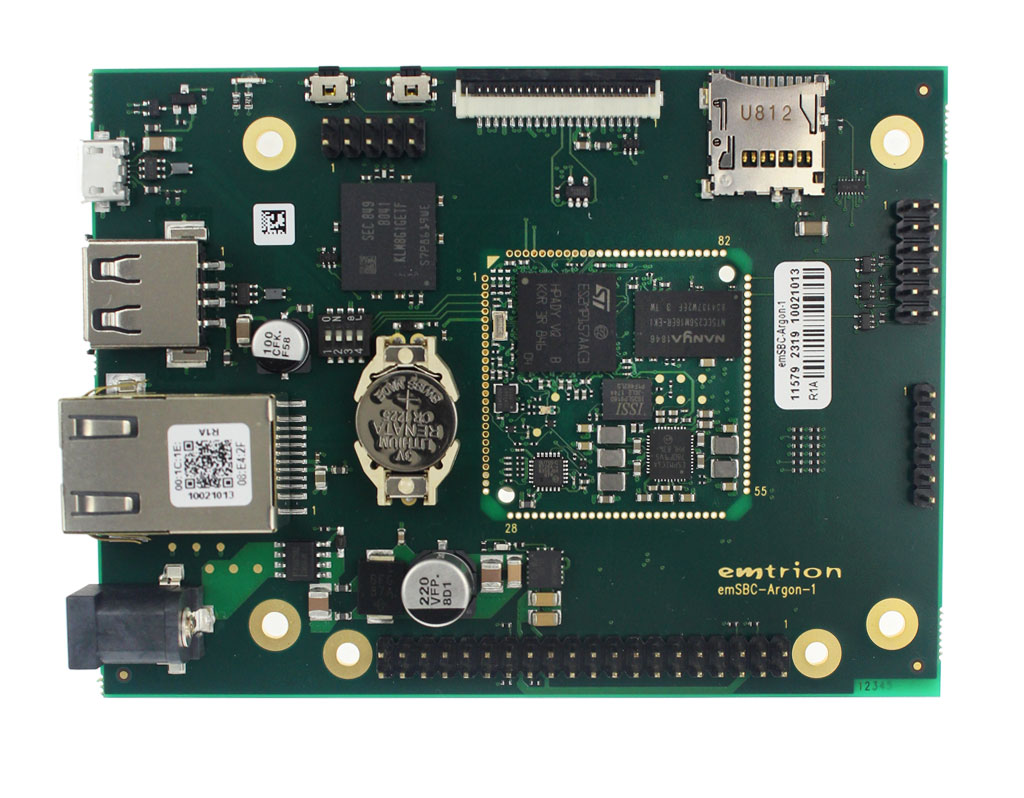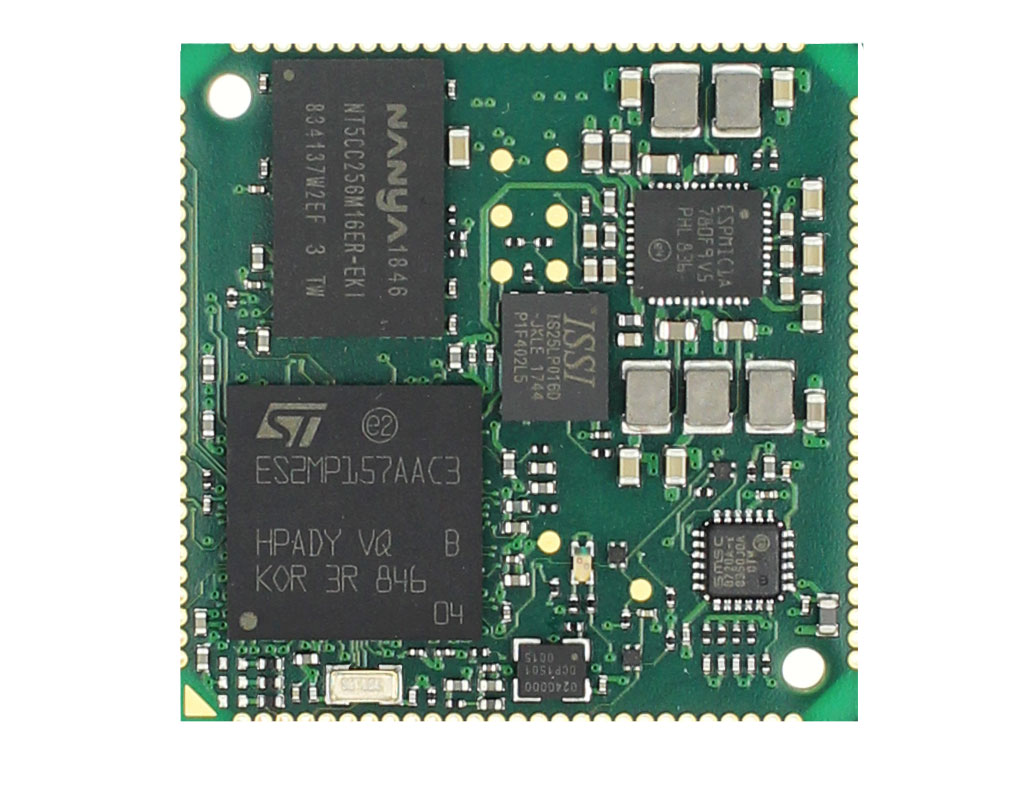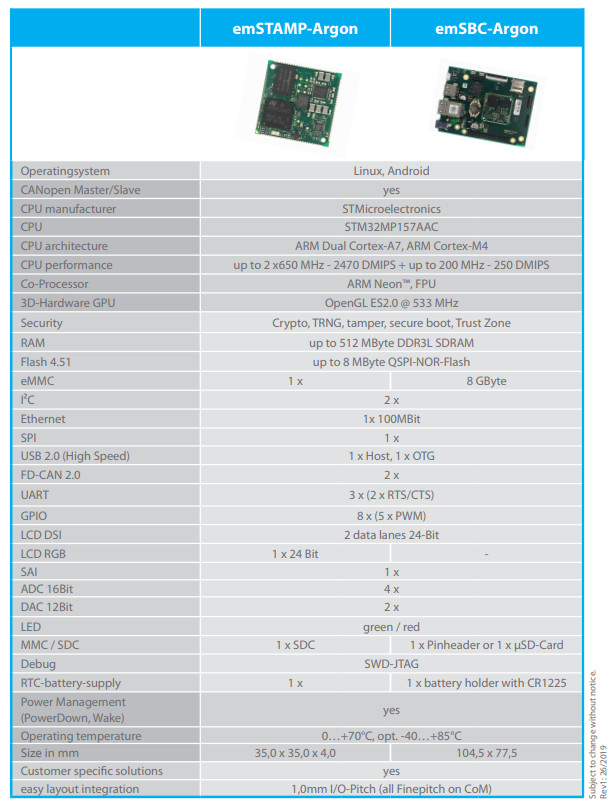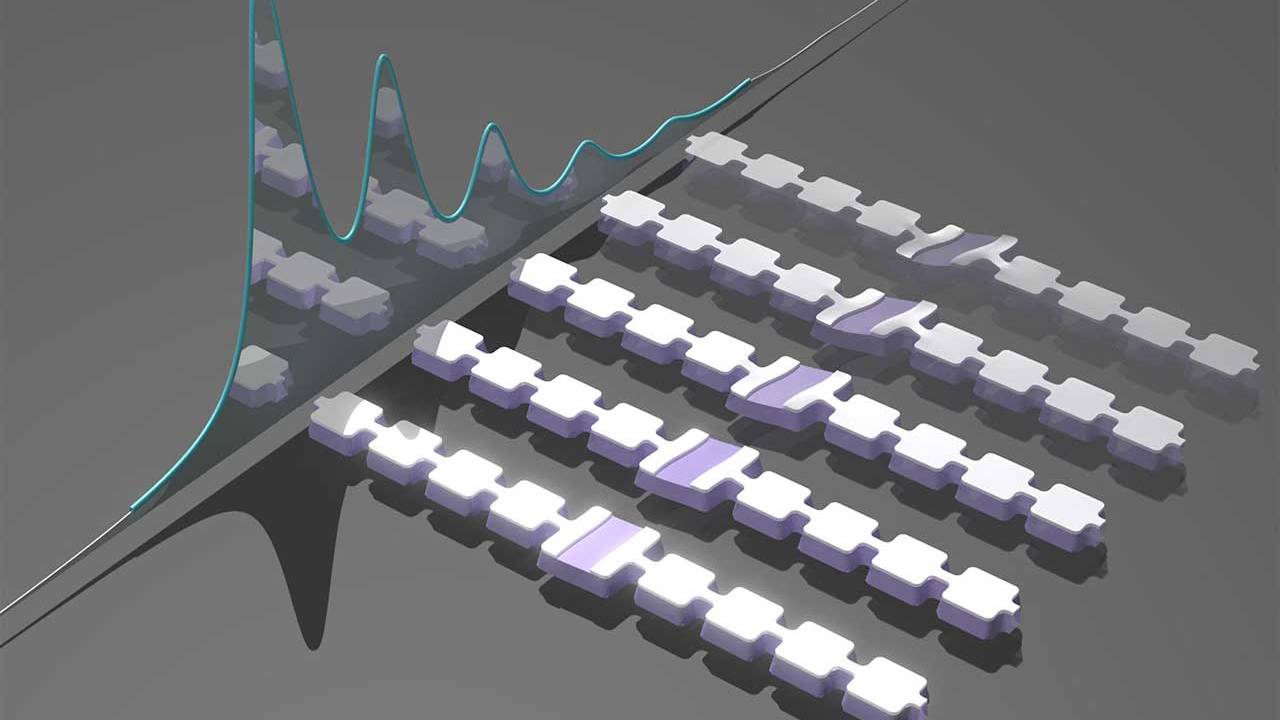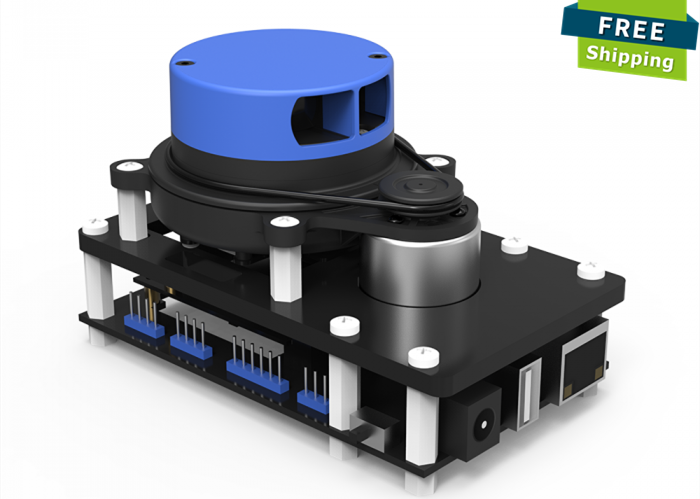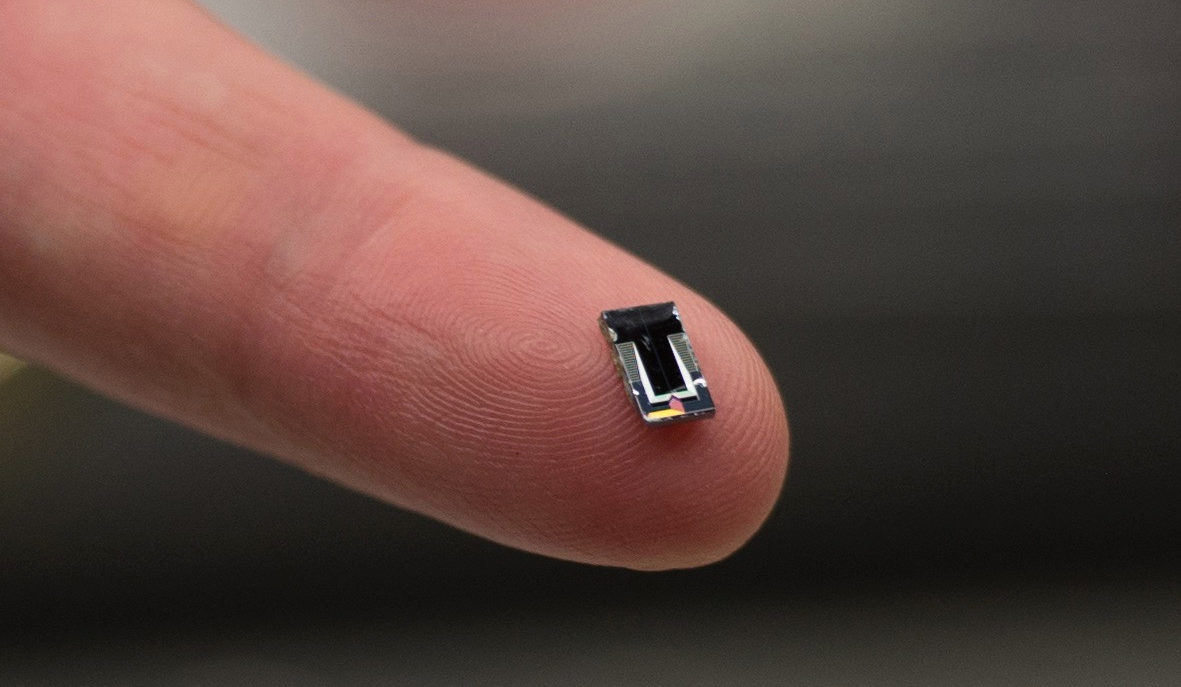The LT7101 synchronous step-down regulator from Analog Devices is a high efficiency, monolithic synchronous step-down dc-dc converter. It uses a constant frequency, average current mode control architecture and operates from an input voltage range of 4.4V to 105V and provides an adjustable regulated output voltage from 1V to VIN while delivering up to 1A of output current. The LT7101 offers high-frequency operation and has low minimum on-time that reduces inductor size and enables constant-frequency operation even at very high step-down ratios.
Typical applications for the regulators include battery chargers and CC/CV supplies in automotive and military systems, industrial, avionics, and heavy equipment, as well as medical instruments and telecommunication systems. (See typical application diagram above).
The LT7101 achieves what the company claims to be the lowest possible dropout voltage with 100% maximum duty cycle operation.
Selecting Burst Mode, pulse-skipping, or forced continuous operation under a light load can optimize converter efficiency and output ripple.
The LT7101 includes accurate, high-speed average current programming and monitoring without the need for an external sense resistor. A bypass LDO is included to maximize efficiency, fixed or adjustable output voltage and loop compensation, and a wide array of protection features improve reliability.
Features and Benefits
- Wide VIN Range: 4.4V to 105V (110V Abs Max)
- Ultralow EMI/EMC Emissions: CISPR 25 Compliant
- 2µA IQ When Regulating 48Vin to 3.3Vout
- Fast and Accurate Output Current Programming and Monitoring with No External RSENSE
- Brick Wall Current Limit
- Low Minimum On-Time: 35ns
- Wide Vout Range: 1V to VIN
- 100% Maximum Duty Cycle Operation
- Programmable Fixed Frequency: 200kHz to 2MHz
- Eight, Pin-Selectable Fixed (1.2V to 15V) or Adjustable Output Voltages
- Selectable Continuous, Pulse-Skipping, or Low Ripple Burst Mode®
- Operation at Light Loads
- PLL Synchronization to External Clock
- EXTVcc LDO Powers Chip from Vout = 3.3V to 40V
- OPTI-LOOP® or Fixed Internal Compensation
- Input and Output Over-voltage Protection
- Thermally Enhanced (5mm × 6mm) QFN Package



